

In order to best do the guide justice I've brought back the three criteria I used to assess the BMC's Guidebook to Peak Limestone North, which were Inform, Educate and Entertain.
Inform
The guide is split into four sections based on rock type - Limestone, Slate, Micro Granite and Sandstone. The various areas covered within each section have a wide geographic spread too, from St. Bees in the west to Coudy Rocks in the east, then Bramcrag Quarry in the north through to Barrow Scout Cove in the south. As a result of this huge spread, many of the areas in the guide fall within the Lake District's rain shadow, hence have the potential to remain dry when the mountain crags aren't. As someone that has sought shelter from the elements on more than one occasion whilst climbing in the Lakes, this does make it the perfect guide to pick up in the event of an emergency, as it offers a great many plan Bs; however, it also works perfectly well for someone seeking out an alternative plan A.
Each crag receives a full colour topo, although the quality of each is quite variable: some are crisp, whilst others can be quite fuzzy. This is particularly noticeable when flicking through the first chapter - Chapel Head Scar - where some areas are crystal clear whereas others (often those taken from further away) are quite blurry. Whilst this doesn't necessarily make route finding impossible, it's a shame that the quality is so variable, although I suspect that each would have likely been rectified if the authors had been allowed out during the spring - prime time for taking topo shots, but this year hampered by lockdown.
On the more technical side, WIRED have gone out of their way to make things easy when it comes to accessing crag information. There's QR codes both to the GPS of the crag parking and the BMC's RAD Access Database. In the intro to each crag there's an indication of the altitude and aspect, grade range, length of rope required, and the maximum number of quickdraws you'll need. Alongside the description each crag has a map attached and, in some cases, a drone shot with the approach and crag/area information overlayed (such as Runestone Quarry, shown below).
Educate
The guide makes an effort to provide a concise history to each of the various areas, outlining key routes and developments, as well as some of the characters involved. Alongside this there's an interesting set of Geology Notes, written by Dave Bodecott, which makes for rainy day reading.
In addition to the climbing history, there's an fantastic set of historic notes about the quarrying that took place both on the the Slate and Micro Granite, which provide further context to the places we go climbing, adding a bit more depth to the experience of being there.
It also - thankfully - includes first ascent information alongside each route, which further adds to its depth, as certain names come with a hallmark of quality: Pete Whillance, Rob Matheson, Al Phizacklea, and Ed Cleasby (just to name a few).
Entertain
On the action shot side of things there's a great many inspirational images, but David Simmonite's stand out as some of the finest, every one being a five star photograph. Jonathan Doyle's image of Anna Taylor on Sky is another brilliant image, as is Jonathan Griffiths' picture of Will Sim on Dreaming of Red Rocks and Andy Rutherford's picture of Steve Johnstone on Quick Release at The Works. In short: you're not going short on inspiration if it's action shots you're after.
Top 50s are always entertaining, not least because of the discussion that likely takes place around what is/isn't in. Within the guide at hand each inclusion gets an additional golden star, as well as being outlined at the start of the book. For those that are new to the area these should act as a good starting point - especially when coupled with the Crag Guide, that provides a one-stop shop for all the basic info you need for every crag. Those who have climbed more extensively in the area may already be familiar with many crags, but it's likely there'll be a few that remain unfamiliar, and the Top 50 will give you a chance to tick them all.
Summary
I must admit, when I first heard that there was a guidebook coming out to Lakes Sport & Slate I was a bit cynical, because neither sport nor slate were what I traditionally went to the Lake District for. But climbing is a broad church and I suspect a great many will buy the guide for Bramcrag Quarry alone. For me, it's the Slate that's made me raise an eyebrow, so in that respect this attractive and useful guide has done its job.

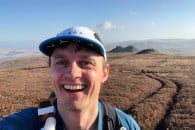




















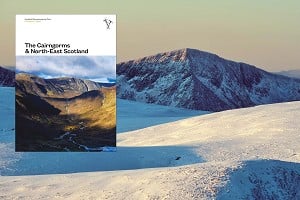
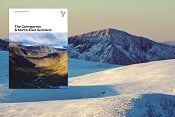
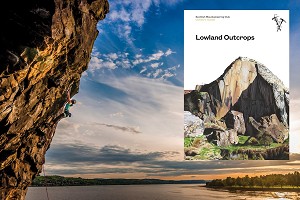
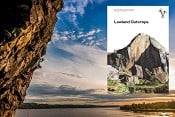
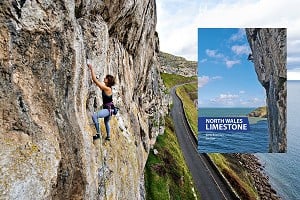
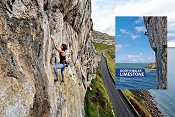
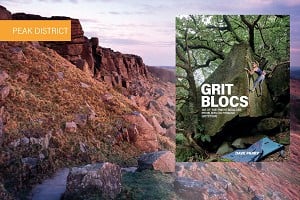
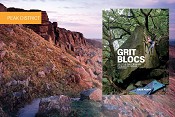
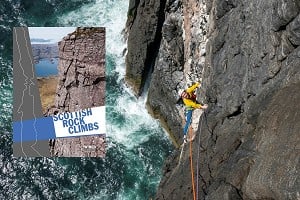
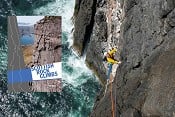
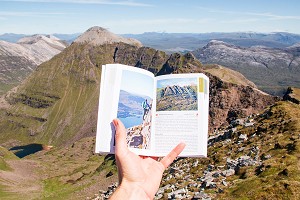
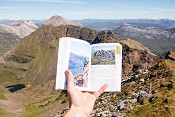
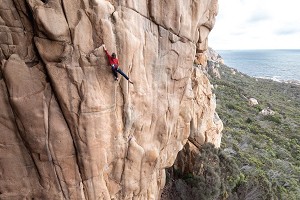
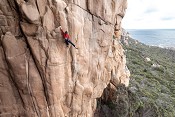
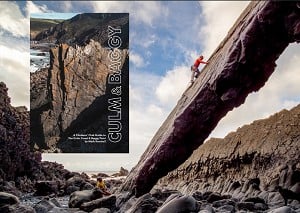
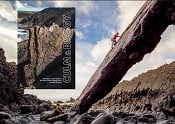
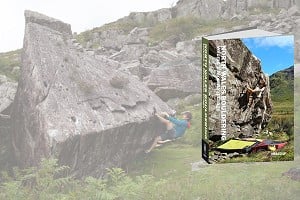
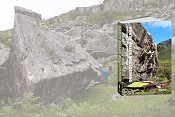
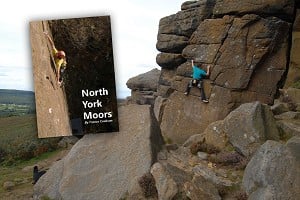
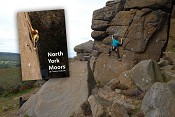
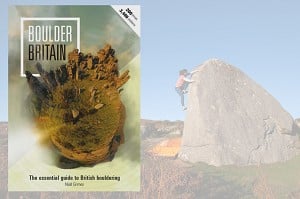
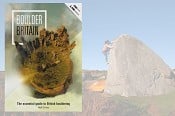

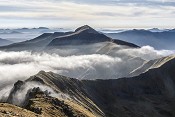
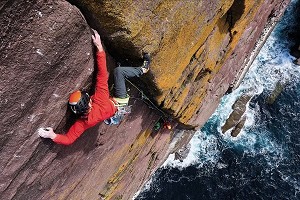
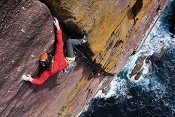
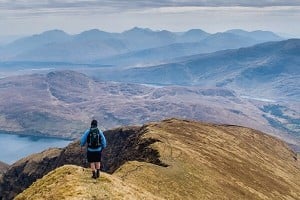
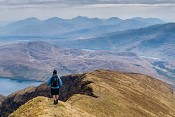
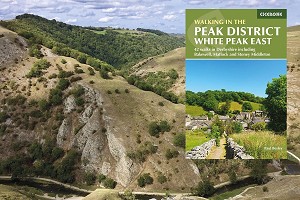

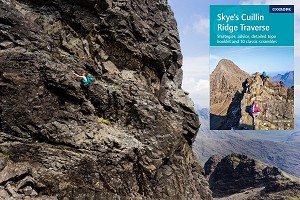
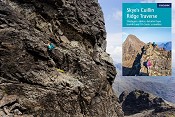
Comments
The Lakes is well served by new guidebooks to trad and bouldering, so this much needed guide completes the set. Having said that, clearly sport is not going to dominate climbing in the area in the way it has taken over in Yorkshire, and the area will always be defined by the fabulous mountain crags.
I've used this guide on a dozen or so occasions this summer and very much appreciate the efforts of the writing team and the Cumbria Bolt Fund. The guide needed writing, and the bolting and re-bolting effort is huge, and is obviously still a work in progress. I guess you can pick fault in some technical points about the guide, but the bar has been set pretty high by Rockfax and Vertibrate, so given that this was finished off during the lockdown, I reckon it's a pretty good effort.
Chapel Head Scar might be the jewell in the crown, but if you're not comfy climbing in the 7s, or if the ban is still on, there are now plenty of other crags to go at. Bram has become the 'horseshoe of the lakes', in terms of popularity, but in a far nicer setting. The other limestone crags are benefiting from re-bolting and good coverage in the guide, but there is still a lot more bolting work to be done. I'd not climbed on Lakes slate for 25 years prior to this guide coming out, and whilst it will probably remain an acquired taste, the guide gave me several fun days at Tilberthwaite and Runstone recently that were as enjoyable as any I've had this summer. Good effort all round and thanks!
The successor to the Lakes Rockfax...from 1994.
https://rockfax.com/climbing-guides/old-books/the-lakes/
M
It was ahead of its time :-)
Of its time Rob, just took the rest decades to catch up.